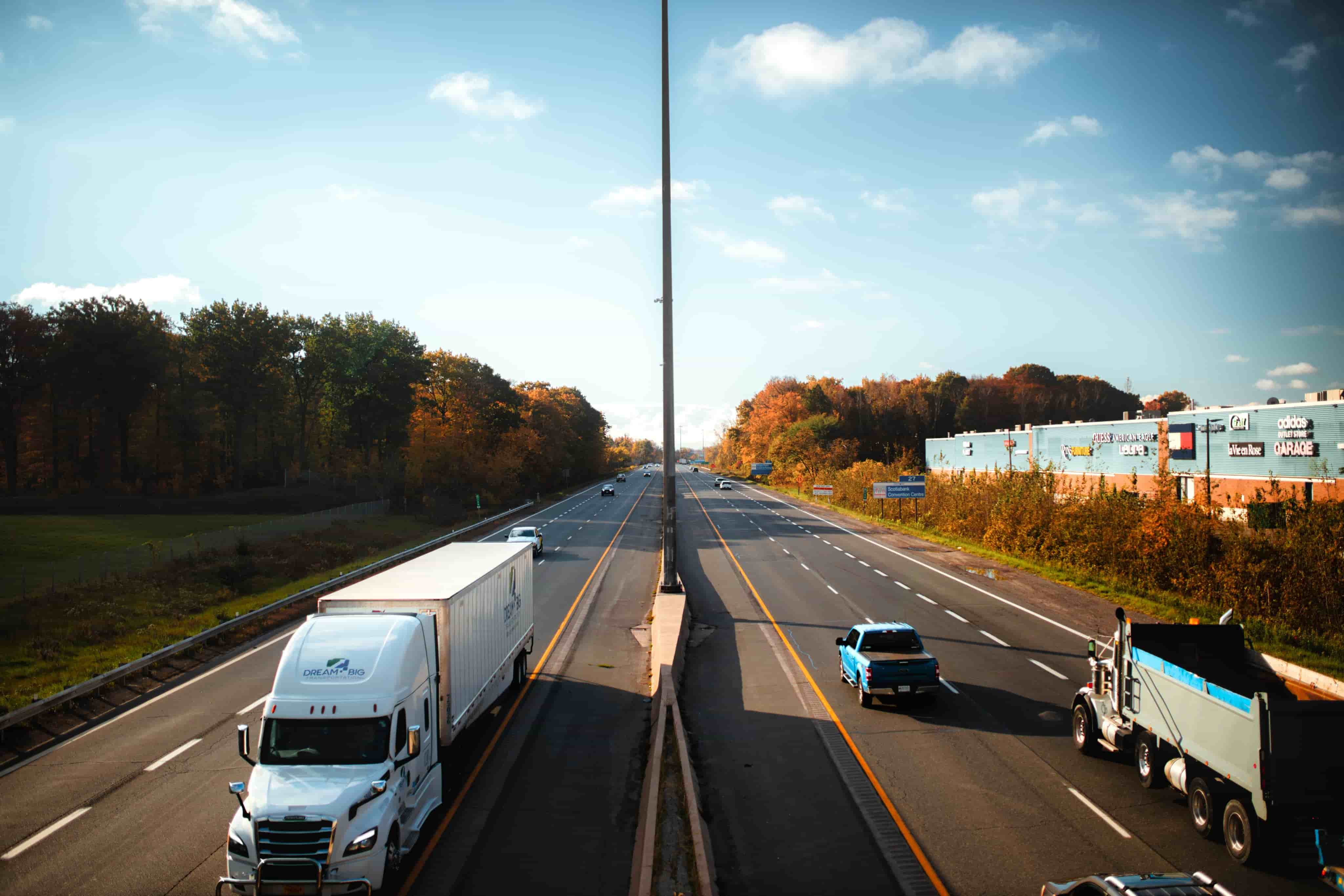
Avoid Freight Damage and Loss Claims
Learn about ways to reduce risk and avoid damage and loss claims.
Easy Ways to Avoid Freight Damage and Loss Claims
Nobody wants their freight damaged or lost during transit. Shippers need reliable shipping options when sending their cargo from point A to point B. Discover a few easy ways to avoid freight damage and loss claims and get peace of mind knowing your shipment will be safe during the entire shipping process.
Avoid Freight Damage by Sharing Trailer Space
In the LTL freight shipping world, carriers must optimize their capacity loads. Having empty trailer space isn’t efficient, which isn’t suitable for the shipper or carrier. Multiple shipments share space on the same truck throughout transit to maximize trailer capacity. And during transit, with all the bumps and turns, things will surely get rocky in the back of a trailer if shipments are not properly loaded or packaged correctly. Palletized shipments with weights evenly distributed across the pallet make it easy to stack and make things more stable in the back of a freight trailer.
Different Types of Freight Packaging
Proper packaging of LTL freight is key to avoiding damage to your cargo or another shipper’s cargo. Protecting your shipment with suitable internal and external packaging material is vital to preventing damage to the load.
Types of External Packaging:
- Cardboard boxes
- Pallets
- Crates
These are the most common external packaging materials, protecting your shipment from outside threats, such as shifting cargo on the trailer and weather conditions.
Types of Internal Packaging:
- Bubble wrap
- Foam cushioning
- Inflatable packaging
- Packing peanuts
- Corrugated board
Depending on what you’re shipping, you may need one or more types of internal packaging materials. Internal packaging materials like bubble wrap or foam cushioning keep your shipment safe and in place if you’re using a box or crate. Depending on what you’re shipping, remember stretch wrap and banding are always necessary packaging materials to keep in your inventory.
Get more freight packaging tips or download our Guide to Freight Packaging for a comprehensive explanation of freight shipping best practices.
Thousands of businesses trust FreightCenter to move their freight faster, smarter, and cheaper! From unbeatable rates to top-notch service, our customers are raving about their shipping success.
See why they keep coming back!
Award-Winning Service, Trusted by Shippers Everywhere!
- 2021, 2017 & 2016 Food Logistics’ Top Green Providers
- 2021 & 2018 Supply & Demand Chain Executives’ Pros to Know: Matthew Brosious
- 2020 & 2019 Top Food Logistics’ 3PL & Cold Storage Provider Award
- 2020 & 2019 Business Observer’s Top 500 Companies on the Gulf Coast
- 2020 & 2017 SmartWay® Transport Partner
- 2020 & 2017 Food Logistics’ Champions: Rock Stars of the Supply Chain
- 2020 Best of Palm Harbor Awards for Local Businesses
- 2017 Green Supply Chain Award from Supply & Demand Chain Executive
- 2017 Tampa Bay Business Journal Heroes at Work
- 2016, 2015, & 2012 Food Logistics Top 100 Software and Technology Providers
- 2013 Tampa Bay Business 100 by Tampa Bay Business Journal
- 2013 Top 100 Great Supply Chain Partners by SupplyChainBrain
- 2012 TIA Samaritan Award Honorable Mention
- 2012, 2011 & 2010 TBBJ Fast 50 Recipient
- 2013, 2011, & 2010 Diversity Business Top Businesses

Why Choose FreightCenter For Specialized Shipping Services?
We are an award-winning logistics company and an American veteran-owned business. We bring a lot to the table when it comes to specialized freight shipping services. Our history, competitive pricing, and level of service are unmatched in the industry. Over the years and many miles, we have formed a dedicated and respected network of partners in the industry to help customers meet deadlines.
Our mission is to meet and exceed customer expectations in all that we do. We take care of specialized freight shipping from pickup to delivery. Excellent customer service is our hallmark, and it goes a long way in building a relationship of trust. When customers select FreightCenter to handle their freight shipment, they trust us to do the job.
Have Your Paperwork in Order
There’s a lot of paperwork that goes into freight shipping. Having documents such as the Bill of Lading (BOL) completed and accurate is essential, but packaging labels are just as crucial.
Labels on a shipment help indicate a specific cargo’s weight limitations for stacking and content durability, which is essential for a carrier to know when loading up their trucks. For example, if your shipment contains fragile objects, your shipping label would state that the contents are fragile and how much weight can be stacked on your package without causing damage.
Shipping labels with names and addresses must be legible and weather-resistant, meaning laminated and taped onto your package. One of the many benefits of partnering with a 3PL, or third-party logistics company, is that these agencies connect shippers with personalized shipping solutions, provide every piece of vital documentation to shippers, and handle the management of this documentation.
Keeping an Eye on Shipment Tracking
It always helps to know your shipment’s status and where it is during transit. Tracking your freight and being kept in the loop about any unexpected occurrences that might delay your shipment helps you stay informed. Weather delays, road conditions, or human errors can cause damage or lost freight.
Although receiving a tracking number from the carrier is all some shippers will need to track, there is a way to take freight shipping tracking to the next level. Shipping with a 3PL means you’ll have an extra set of eyes and ears monitoring your shipment status. Your shipping agent will be informed about your package status and has a network of resources around them to track any lost shipments or get to the bottom of a delayed shipment. An additional shipping professional who can help facilitate the movement of your freight, track that movement, and take care of any hiccups along the way is an invaluable asset to your supply chain.
To create value for our customers by delivering customized shipping solutions that meet their unique needs and to fulfill shipping demands from simple to complex with expertise, guidance and ingenuity.
Trust the experts at FreightCenter to give you the best prices and the most comprehensive options for all your LTL freight shipping needs.
We deliver optimized solutions for full or partial truckloads and competitive dry van, flatbed, and refrigerated freight pricing. We can cover your full truckload shipping needs.
Nationwide Expedited Trucking services move your freight securely and rapidly. Your freight requires fast delivery; our freight shipping experts can get your shipment fast, whether in one large box or a full truckload.
The most reliable Specialized Freight Services rates from all the top carriers are just a few steps away. From white glove service to international shipping, we've got you covered.


